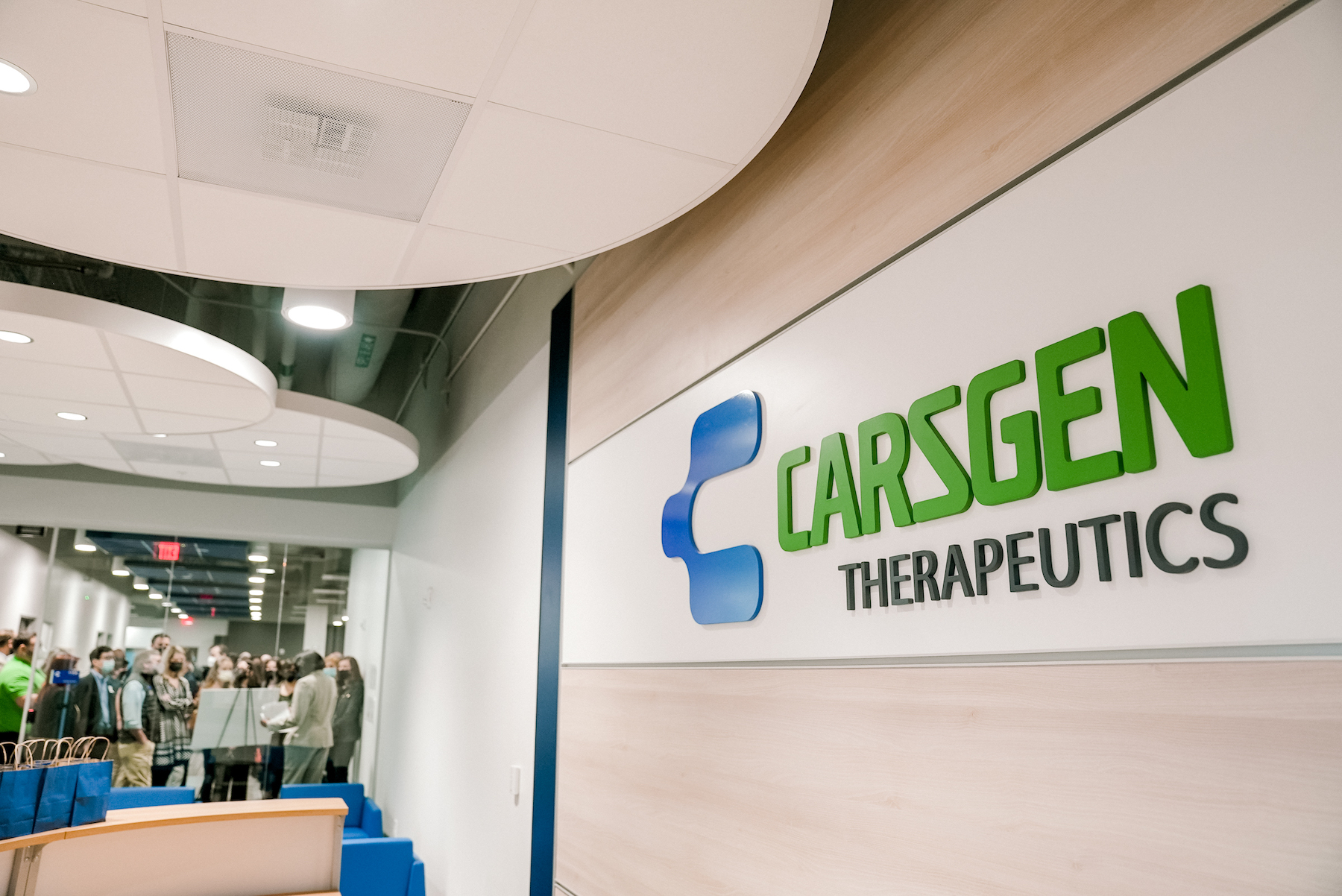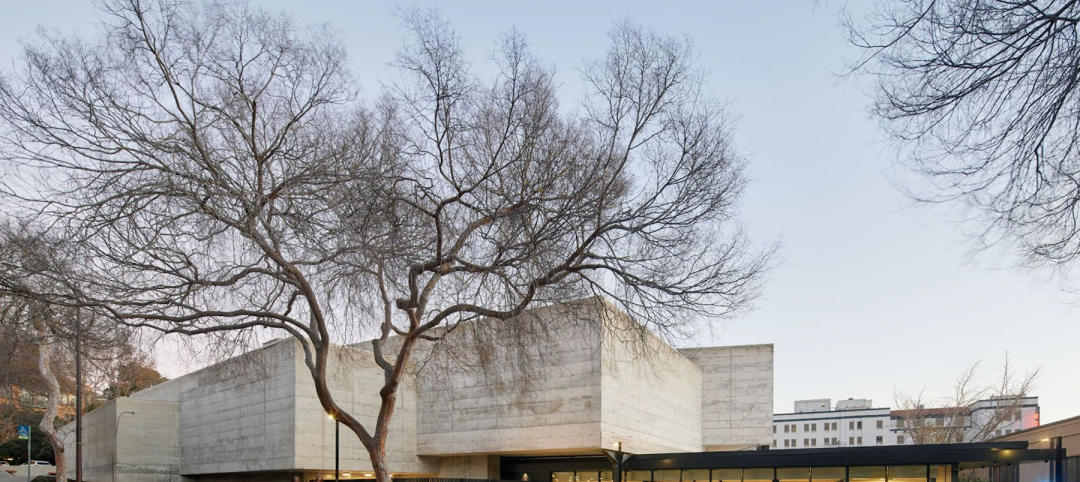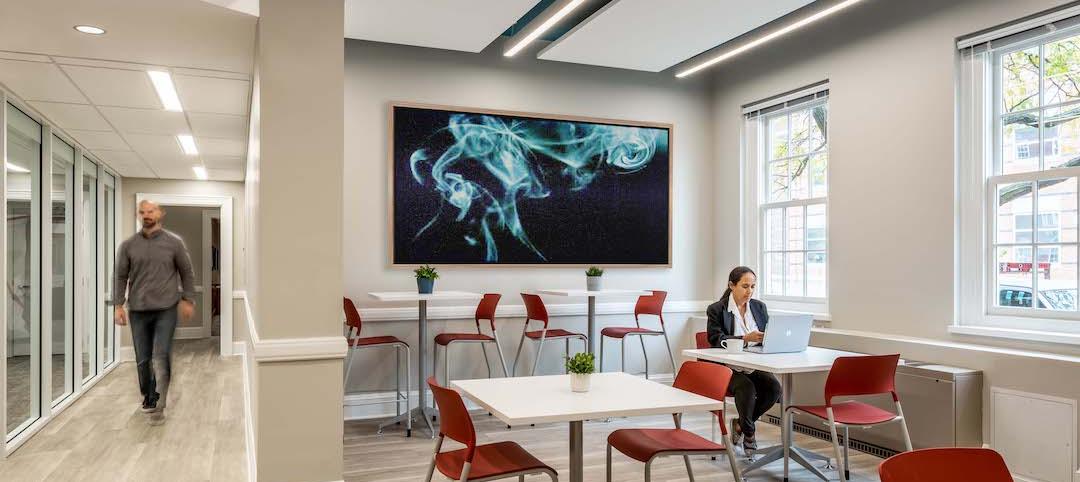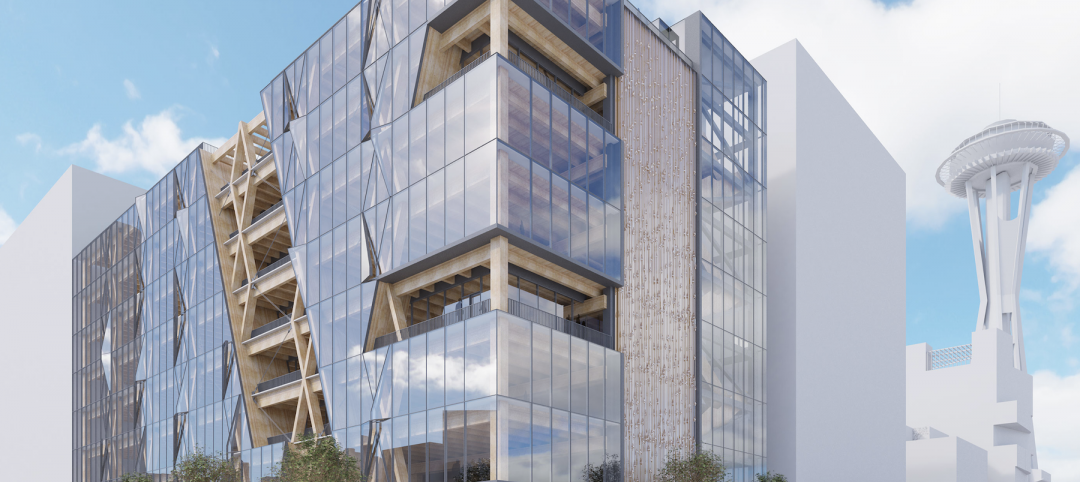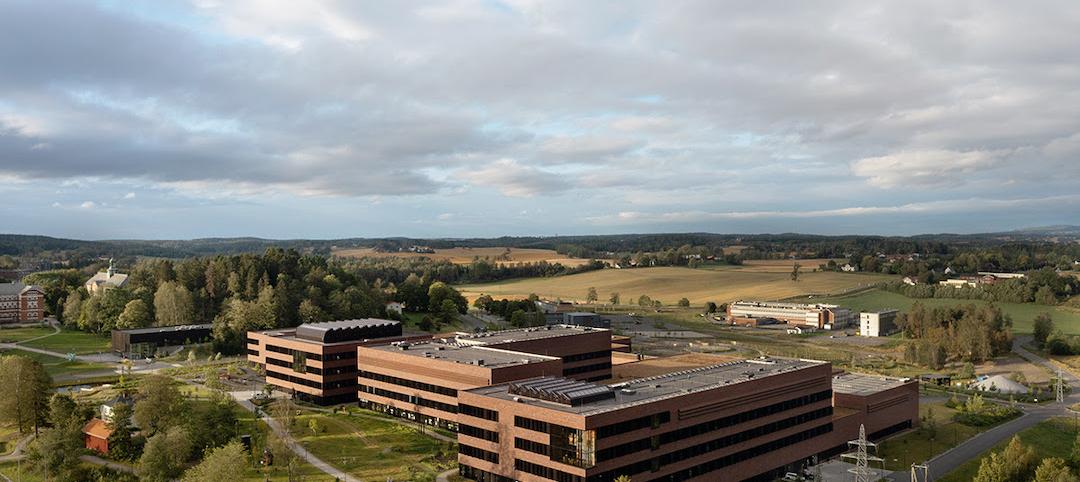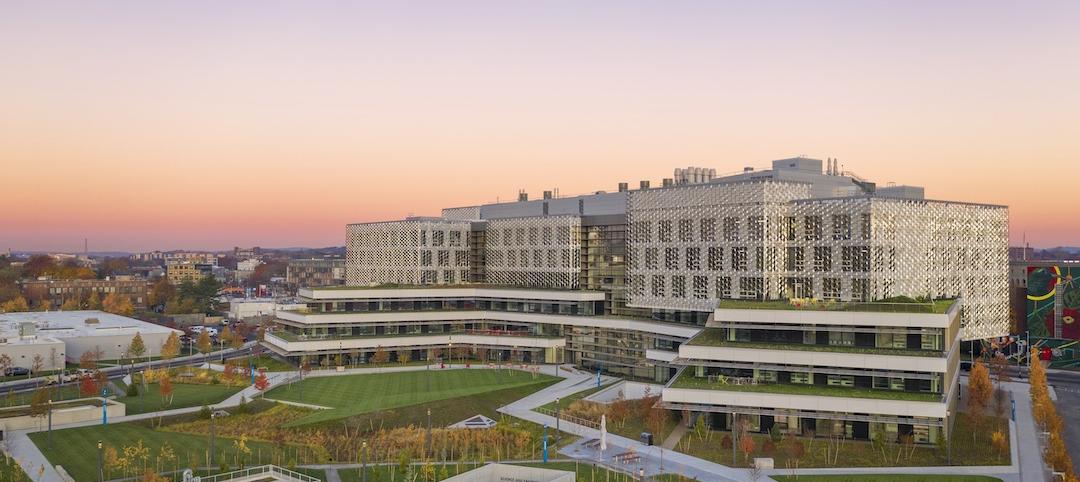In late January, CARsgen Therapeutics, a biopharmaceutical company with operations in China and the U.S., started moving employees into a biomanufacturing facility in Durham, N.C., the company’s first such operations in North America.
CARsgen has clinical offices in Houston, and its holding company was founded in Shanghai in 2014. It is investing $157 million for the North Carolina campus, which is expected to eventually house 200 workers by 2026. That campus is being developed in two phases: the first (which opened officially on February 21) is a 37,000-sf research and development lab for early-stage manufacturing of chimeric antigen receptor T-cell (CAR-T) therapies that battle cancers. Upon FDA approval of those therapies, CARsgen will start construction on a 100,000-sf cGMP commercial manufacturing plant.
Jie Jia, PhD, CARsgen’s Vice President of Strategic Alliances and Operations, is hopeful that the factory can be started by late 2022.
This project is but the latest example of demand-driven construction of lab space. The Raleigh-Durham market is a hot bed for companies developing CAR-T therapies that use patient-derived T cells that are customized in the manufacturing process for each patient.
Jie tells BD+C that his company selected North Carolina’s Research Triangle for its campus because of its “local ecosystem” that, according to the North Carolina Biotechnology Center’s website, includes three comprehensive cancer centers—UNC Lineberger, Duke Cancer Institute, and Wake Forest Baptist Health—as well as the NC Rare Disease Network and the North Carolina Precision Health Collaborative.
CARsgen reportedly considered locating its facility in Maryland, which offered $35 million in incentives, but ultimately chose North Carolina, which offered a $2.2 million grant and tax reimbursement package over 12 years, according to the state’s Economic Development Partnership, which with NCBioTech and North Carolina’s Department of Commerce recruited the company.
Helping CARsgen with site selection was CRB, an AEC and consulting firm that specializes in life sciences projects. It has been working with CARsgen since late 2020 to develop the entire program in North Carolina. CRB is providing engineering, design, and construction services as part of a building team that includes EAS (prefabrication), Star Electric (electrical), Edwards Inc. (structural, demolition, and concrete), and Dagard (which provided the lab’s cleanroom wall and ceiling panel systems).
LAB FACILITY IS LIKE BUILDING AN OREO COOKIE IN REVERSE
The R&D facility is an adaptive reuse of what had been an office and warehouse built in the early 1990s. CARsgen singled out this building over several others it and CRB looked at, explains Jie, because “it could be transformed quickly.” But that didn’t necessarily mean easily.
The first building took 13 months from conception to occupancy, and construction started in July 2021, says Ryan Lowder, DBIA, Project Director for CRB. The design team considered 15 different floor plans, as CARsgen at first preferred a smaller facility. “It realized that its plans needed to expand to accommodate the number of patients it would be creating drugs for,” Lowder explains.
The project’s biggest challenge, says A.L. Nesbitt, CRB’s Project Management Group Lead, was getting the floors to the height needed for HVAC systems the cleanroom required. This single-story building had an interior ceiling height of 18 feet, “which wasn’t optimal,” laments Lowder. The headroom space for the lab’s cleanroom is a tight nine feet, six inches, says Nesbitt.
In addition, the building team had to refortify the building’s floor slab—which over the years had been cut up into pieces for multiple tenants—to support new equipment plus dead loads like ductwork.
In adapting the building, CRB deployed its ONEsolution integrated project delivery (IPD) approach. Lowder elaborates that the building used a “self-supporting” modular cleanroom system, so that everything else in the lab could be installed first to meet timelines and the space available. “It was like building an Oreo cookie in reverse,” he quips. Abetting this approach was offsite manufacturing, by EAS, of ductwork, pipe racks, and other components that were assembled into five large sections and then transported to the jobsite for installation.
Nesbitt observes that developers of offices and labs are scrambling to get into cleanroom construction. CRB, which already had the expertise, was “lucky” to be working with CARsgen, “that was willing to be innovative,” she says. Jie adds that his company is receptive to adaptive reuse for future expansion. But supply chain snags for materials pose dilemmas. “So we have to get into projects earlier,” he says. That’s especially true for a biopharm company whose business model success hinges on speed to market.
Related Stories
University Buildings | Jun 7, 2022
Newfoundland university STEM building emulates natural elements, local traditions
Memorial University of Newfoundland (MUN) recently opened a new building that will provide interdisciplinary learning and research space for Faculties of Science and Engineering.
Laboratories | May 20, 2022
Brutalist former Berkeley Art Museum transformed into modern life science lab
After extensive renovation and an addition, the former Berkeley Art Museum and Pacific Film Archive at the University of California, Berkeley campus reopened in May 2022 as a modern life science lab building.
Laboratories | Apr 29, 2022
Oracle Industry Lab in Chicago enables development of solutions for multiple industries
The Oracle Industry Lab in Chicago, which provides customers in multiple industries the opportunity to test new technologies, recently opened.
Projects | Mar 11, 2022
Studying science in the sky
In sharp contrast to other types of commercial real estate, the life sciences market is booming, according to SGA, an architecture firm based in Boston and New York that has extensive experience designing life sciences buildings.
Laboratories | Feb 10, 2022
Historic building becomes a research science incubator
Svigals + Partners designed the project.
Laboratories | Feb 8, 2022
A new concept for science buildings emphasizes construction speed and design flexibility
The NEXT prototype—devised by Gensler, KPFF, and Buro Happold—also leans toward decarbonization and wellness.
Laboratories | Feb 3, 2022
New veterinarian building is Norway’s largest ever development in the university sector
The project is one of the largest and most complex ever undertaken in Norway.
Laboratories | Jan 28, 2022
3 must-know strategies for developers in today’s life sciences industry
While the life sciences industry had been steadily growing, this growth exploded when the pandemic arrived—and there is no indication that this lightning-fast pace will slow down any time soon.
Laboratories | Jan 17, 2022
A health crisis gives life to life sciences
Construction and renovation projects are heaviest in markets with consistent talent streams.
University Buildings | Jan 11, 2022
Designing for health sciences education: supporting student well-being
While student and faculty health and well-being should be a top priority in all spaces within educational facilities, this article will highlight some key considerations.


